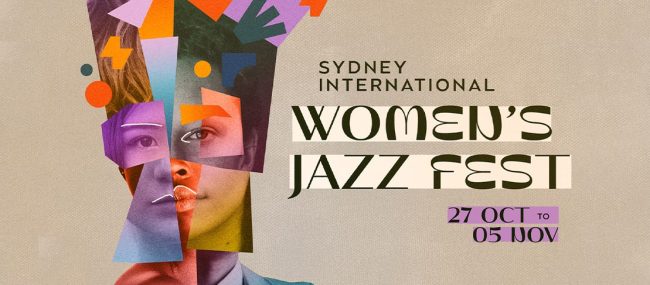Review: Sydney Philharmonia Choirs and the music of Eric Whitacre
The Sydney Philharmonia Choirs perform the music of Eric Whitacre at the Sydney Opera House – Saturday 17 September 2022
Reviewed by Paul Neeson (Arts Wednesday)
There were three stars of this concert at the newly refurbished Concert Hall of the Sydney Opera House: the Sydney Philharmonia Choirs, the genius of Eric Whitacre and long time collaborator Tony Silvestri, and the amazing new acoustic of this 50 year old venue.
The absolute cream of the Sydney Philharmonia Choirs was chosen for this special occasion with VOX (young adult choristers aged 18-30) embellished with members of the Chamber Singers. And as Eric Whitacre said in his introduction, it was a real pleasure to travel half way across the world (from LA) to find a choir of such talent to perform his music. And the talent was on show right from the Welcome to Country (Tarimi Nulay – Long time living here) that opens every performance of the Choirs. A work that we have all become so familiar with and should be included in the Australian choral cannon.
But it was the music that was the vehicle for that display of talent. The program included three works from the pens of Eric Whitacre and his long-time collaborator and poet, Tony Silvestri.
The opening work, Lux Aurumque (Light and Gold), came from his Grammy Award winning album of the same name. Not only was it his debut album, but he also created the idea of an international online choir over 10 years before the pandemic made this format a useful necessity. And we can hear why the piece sparked his career as it shimmers incandescently like light and gold. Whitacre creates complex chords of shifting dissonance and resolution, anchored in tonality by a constant vocal pedal point, a single note that lasts so long you begin to question whether it is created by humans or electronics. The text, originally in English by Edward Esch, was curiously translated into Latin by Silvestri before it was set.
Sainte-Chapelle, the second item on the program, was commissioned by the Tallis Scholars (who will be touring here in October. Don’t miss that one). According to Whitacre, the refrain of Sanctus is treated to conjure the refractions of light through the famous stained glass windows of the Louis XIV chapel in France. And it kind of did, but given the originality and efficacy of his other compositional devices on show tonight, to this reviewer the effect was by comparison a little lacking.
To finish the concert, we were given the 12 movement work, The Sacred Veil. The impetus for its creation was the cancer diagnosis and ultimate demise of Tony Sivestri’s wife, Julie. A difficult subject to tackle, and not one we would think that lends itself to choral music, but how wrong we’d be to make that presumption. For this piece the choir was joined by cellist, Julian Smiles and pianist, Claire Howard Race who together held both the narrative and the links between the various movements together. It truly is a monumental composition, tracing the story from initial love, through the at times gory detail of medical interventions, to the final scenes. In what has to be Whitacre’s masterpiece, he portrays the moment of death in the penultimate movement, You Rise, I Fall. Julie’s spirit rising to the heavens is represented by rising glissandi at various pitches in the female lines, to be resolved harmonically by the men singing “I Fall” resignedly. I was so moved by this moment it brought a tear even to my usually jaded eye. That is the power of music, and choral music especially. I understand that a version orchestrated for string orchestra is about to be premiered. I only hope that Whitacre chooses to leave You Rise, I Fall unaccompanied as that is where the true power of that movement lies. However, I can’t wait to get a chance to hear the revised version at some point.
And finally the new acoustic of the Concert Hall. It’s been over two years since we were able to hear music in this venue, so I am relying on my memory when comparing the two, but it seems to me the clarity of the sound has been significantly enhanced. The magenta clouds (matching the new seat upholstery) and the textured wooden walls have made a difference to the audience, and from what I am told, more importantly it has rectified the audio difficulties for the performers who previously struggled to hear what was emanating from the other side of the stage. Well done Sydney Opera House, it was worth the wait.


